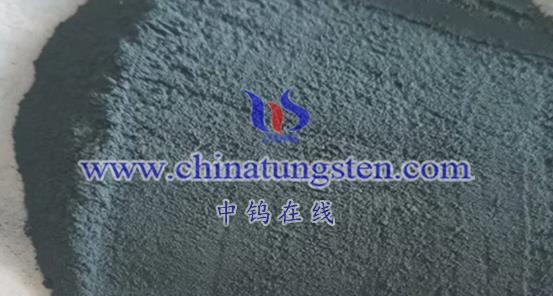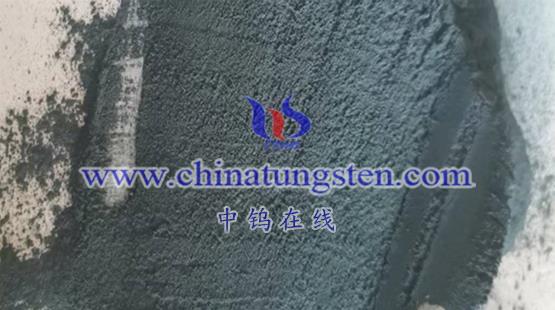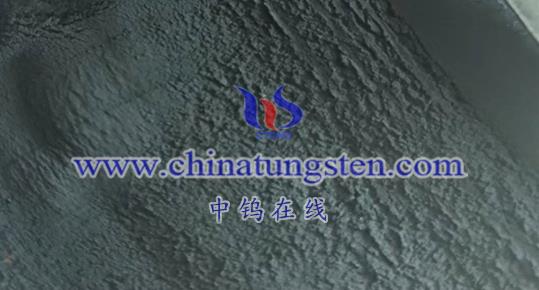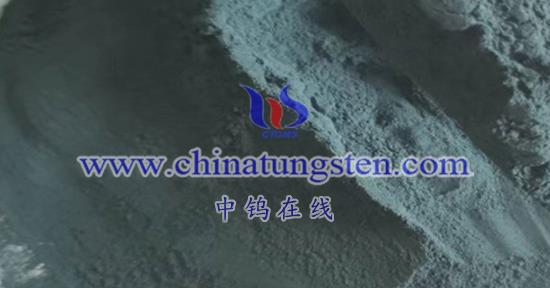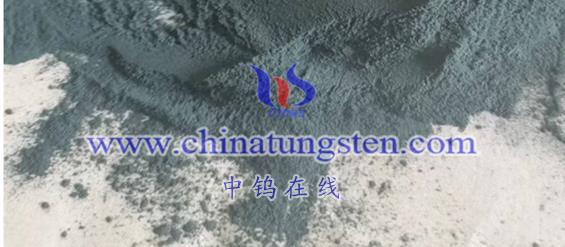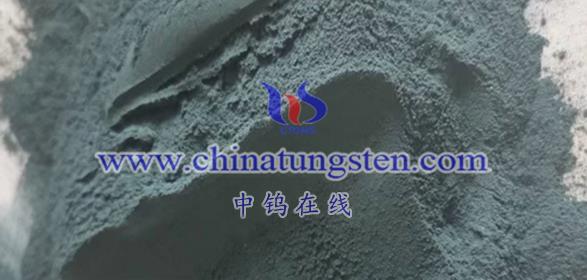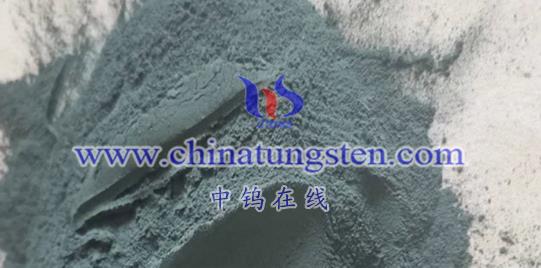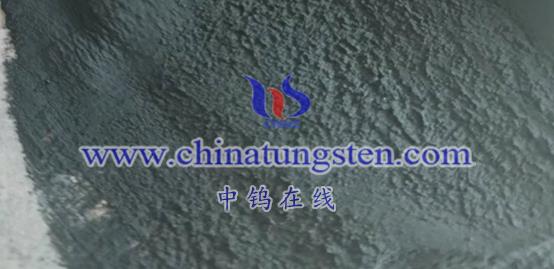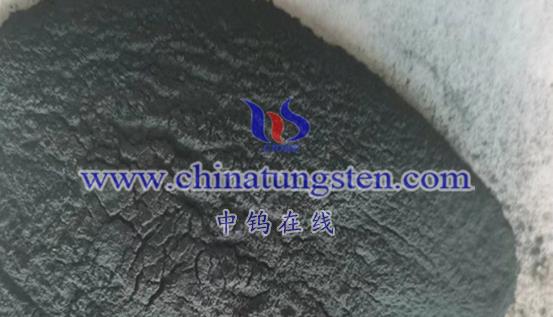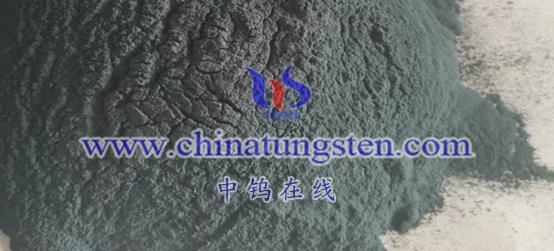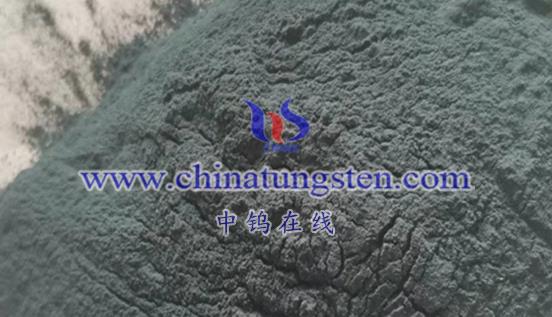
Despite its unique electronic structure and promising applications across various fields, oxygen vacancy nano tungsten oxide has several disadvantages and limitations. Here’s a detailed overview:
- Stability Issues
- Chemical Stability: Oxygen vacancy nano tungsten oxide may exhibit poor chemical stability under certain environmental conditions, particularly in strong acids, strong bases, or high temperatures, leading to potential chemical reactions that degrade its performance.
- Thermal Stability: At elevated temperatures, the structure of oxygen vacancy nano tungsten oxide may change, resulting in the redistribution or loss of oxygen vacancies, which can negatively affect its properties.
- Preparation Challenges
- Complexity of Processes: The synthesis of oxygen vacancy nano tungsten oxide requires precise control over various conditions during preparation, such as temperature, atmosphere, and duration, to ensure the formation and distribution of oxygen vacancies. This complexity can increase production costs and difficulty.
- Reproducibility Issues: Small variations in the preparation process can lead to significant differences in the quantity and distribution of oxygen vacancies, resulting in variability in the performance of the produced materials. This makes it challenging to ensure product consistency and reproducibility.
- Performance Limitations
- Conductivity: While the introduction of oxygen vacancies can enhance the conductivity of tungsten oxide, its conductivity remains limited compared to other highly conductive materials, potentially making it unsuitable for certain high-performance applications.
- Photocatalytic Efficiency: Although oxygen vacancy nano tungsten oxide exhibits excellent photocatalytic properties, its efficiency is influenced by several factors, such as the range of light absorption and the separation efficiency of photogenerated electron-hole pairs. These factors can restrict its effectiveness in photocatalytic applications.
- Environmental Concerns
- Material Toxicity: While tungsten oxide itself has low toxicity, byproducts or waste generated during its preparation and use may pose environmental risks. Therefore, attention must be paid to its environmental performance during the promotion and application of oxygen vacancy nano tungsten oxide.
- Limited Application Range
- Specific Conditions: The performance and application effectiveness of oxygen vacancy nano tungsten oxide often depend on specific conditions, such as temperature, humidity, and light exposure. This requirement necessitates careful design and optimization for real-world applications, adding to the complexity and cost of use.
In summary, oxygen vacancy nano tungsten oxide faces several drawbacks and limitations regarding its preparation, performance, and application. However, with ongoing scientific advancements and deeper research, these issues may gradually be addressed, paving the way for broader application and development of oxygen vacancy nano tungsten oxide in various fields.
More details of tungsten oxide product, please visit website: tungsten-oxide.com
Please contact CHINATUNGSTEN for inquiry and order of tungsten oxide:
Email: sales@chinatungsten.com
Tel.: 86 592 5129595
